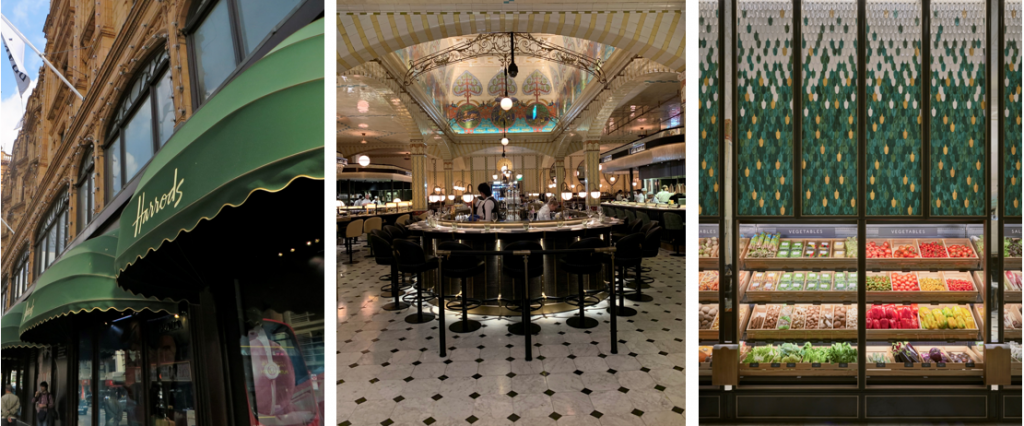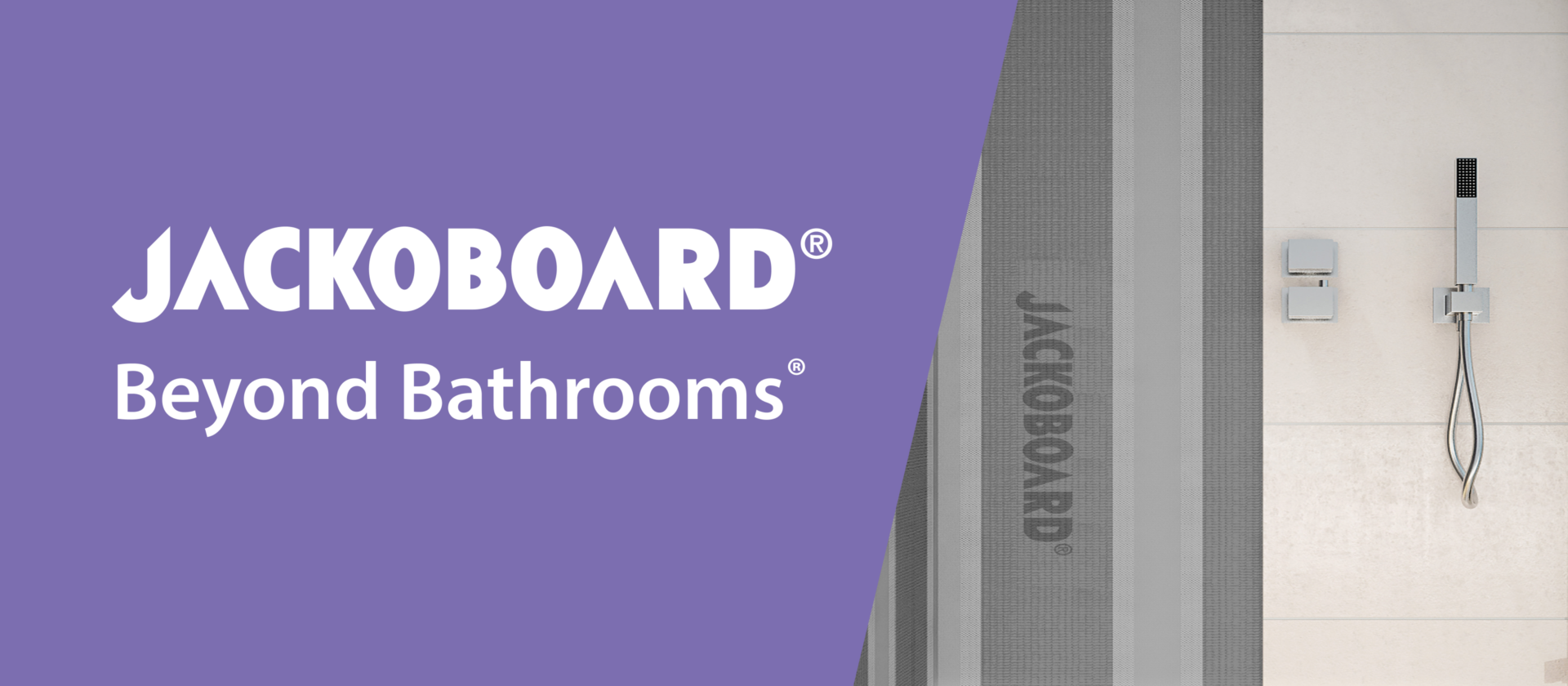Craven Dunnill Jackfield marries new technologies with traditional craft
Craven Dunnill Jackfield, the 150-year-old, leading producer of traditional wall and encaustic tiles, is marrying new technologies with traditional craft to provide unrivalled restoration service for original tiles.
To support the trend of favouring restoration over modernisation and considered consumerism over fast fashion, Craven Dunnill Jackfield has developed new methods of tile preservation to allow period homeowners and guardians of heritage buildings to accurately restore tiles without causing further damage to the existing surface.

Most tile restoration methods rely on removing parts of the wall, potentially causing further damage, and having new models hand-carved by eye. This can lead to deviation from the original and inconsistency in the finished product.
With Craven Dunnill Jackfield’s innovation in tile restoration, these risks are eradicated. The company’s advancements in its production capabilities allow the teams to 3D-scan ceramic artworks in situ without the need to remove them from the wall. This allows for the reproduction and restoration of new models and moulds for a faithful reproduction. The complex 3D shape is interpreted and allows Craven Dunnill Jackfield to see the original shape and composition of the ceramic beneath the layers of glaze.
The new technology offers several key benefits:
- Pure and true conservation – It enables the preservation and exact replication of original handcrafts, ceramic skills and artworks.
- Skill preservation – The marriage of technology with artisanship with a co-dependence on each side to achieve an optimal result.
- Non-intrusive process – There’s no requirement to destruct or reconstruct original tiles. All the surveying is carried out in situ.
- Business continuity – Consultations can be done on-site with no impact on business operations.

Production Director of Craven Dunnill Jackfield, Adrian Blundell, says: “Our innovation in conservation capabilities promises a great leap forward for the ceramic tile industry and restoration specialists. This contribution to the research and development of conservation practices is grounded in the marriage of traditional craft and modern technologies, preserving craft skills and surfaces alike. It enables the exact replication of original tiles and faience with a non-invasive process, eradicating the chances of further damage to the original structures. This is a first for the industry and the results we have achieved were thought impossible until very recently.”



Great news for conservation.